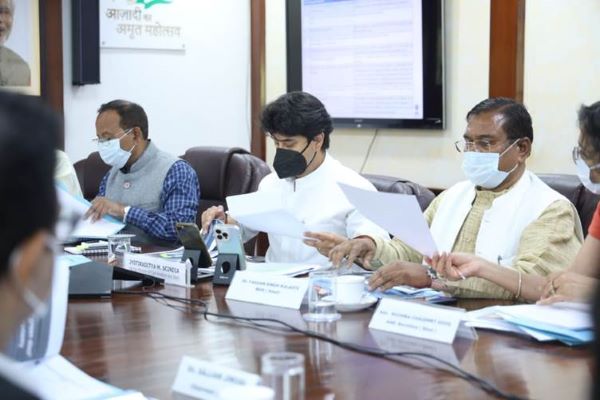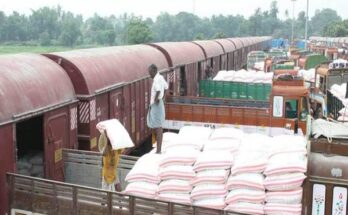
Team News Riveting
New Delhi, April 4
The Ministry of Steel has approved the formation of 13 task forces identifying action points for each aspect of green steel production.
Addressing the seventh meeting with the Integrated Steel Plants (ISP) Advisory Committee, Steel Minister Jyotiraditya M Scindia emphasized on adopting a participatory approach to define the roadmap for green steel. The move is expected to drive the development and adoption of sustainable steel making practices and technologies in India. This will not only help to reduce the carbon footprint of the steel industry but also contribute to India’s efforts to combat climate change.
The Union Minister of Steel and Civil Aviation, Jyotiraditya M. Scindia chaired meetings with the two Advisory Committees formed under the Ministry of Steel for Integrated Steel Plants (ISP) and the Secondary Steel Industry (SSI). Along with the Minister of State for Steel and Rural Development, Faggan Singh Kulaste, representatives from Indian Steel Association, steel industry captains, and members from academia were present during the meetings.
Formed in August 2022, the Advisory Committees serve as a platform for all stakeholders to come together and deliberate and discuss on key issues pertaining the steel sector.
The Steel Minister reiterated that as the World’s second-largest steel producer India needs to become most responsible through green steel adoption and asked the Committee to work together to define the way forward for the industry.
The task forces will focus on various aspects of green steel production, including raw materials, technology, and policy frameworks. “We are committed to promoting sustainable steelmaking practices in India. The establishment of these task forces is a significant step towards achieving this goal,” Scindia said. “We believe that the adoption of green steel production practices will not only benefit the environment but also lead to the creation of new jobs and economic growth” added the Minister.
Emphasizing on the increasing demand for coking coal in the country, the Minister highlighted that steel producers need to increase the capacity of their washeries to increase coal production and motivated the group to build India’s Atmanirbharta in the field so that they can reduce the dependence on imports. He also suggested exploring varied and new sources for coal import.
The Committee also discussed the avenues for branding made-in-India steel and came to a consensus that to make a global identity for Indian steel, common branding parameters and guidelines need to be made for each steel product.
The Minister reiterated Prime Minister Narendra Modi’s vision of promoting the brand India in export markets of steel. Components of the QR code include name of the product, six-digit HSN code (used for international benchmarking), grade of the steel (mention of physical properties), dimensions, weight in tonnes, SKUs and batch IDs, mill criteria (rule of determining origin), address of the place where it is manufactured, among others will be included in the branding.
In the fourth meeting of the Secondary Steel Industry (SSI) Committee, advocated and presented avenues of exporting specialty steel in Western markets and exploring more sources of scrap availability in the nation. Apart from this the Committee also discussed exploring the possibility of the Production Linked Incentive Scheme 2.0 for Steel. Under the PLI 1.0 scheme, the Government has approved Rs 6322 crore to give a new impetus to the Steel sector.
The Ministry of Steel has signed 57 MoUs with 27 companies for specialty steel under the Production Linked Incentive (PLI) Scheme. The Minister urged the group to work in collaboration to formulate PLI 2.0 with a vision to make India a global leader in steel manufacturing.



